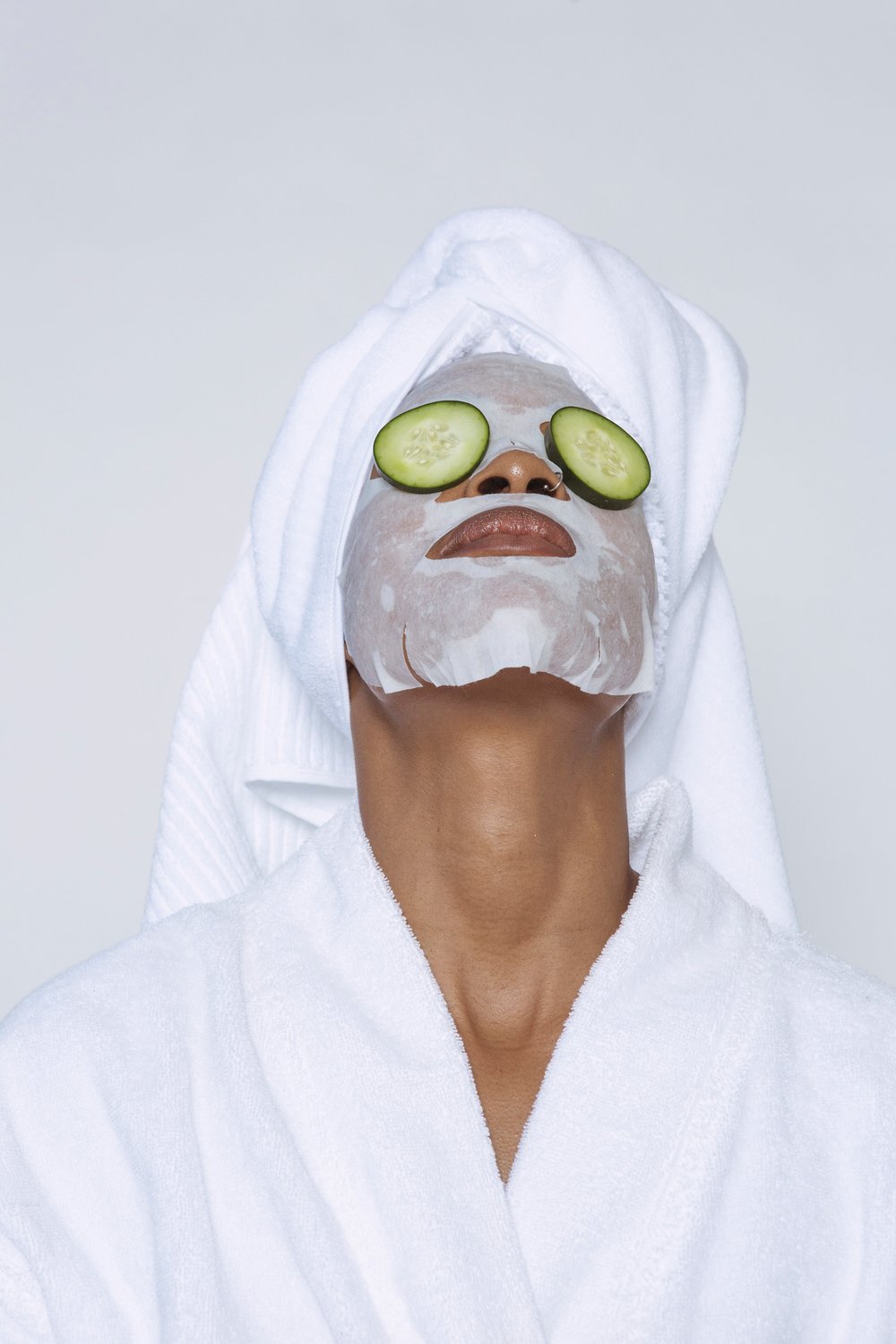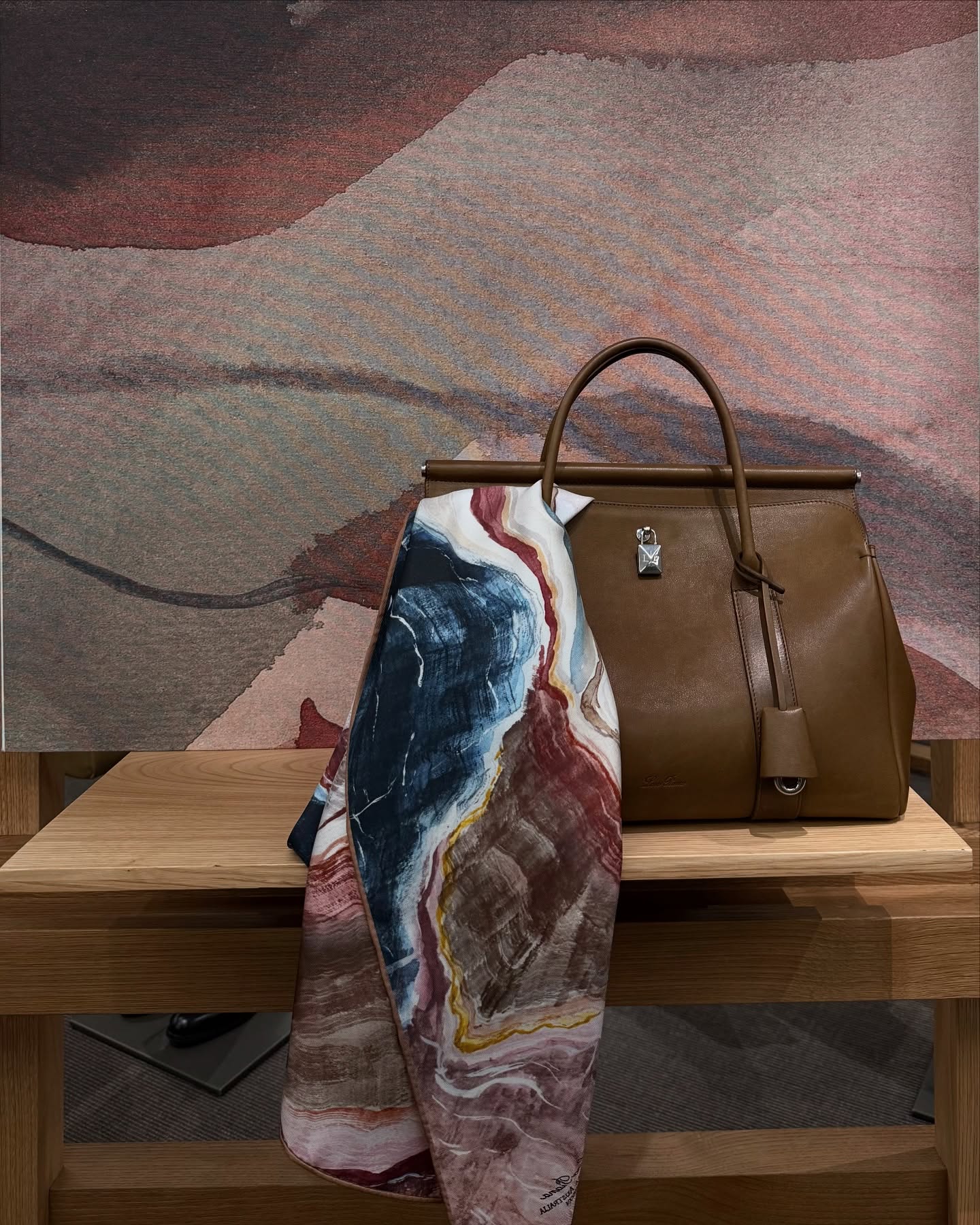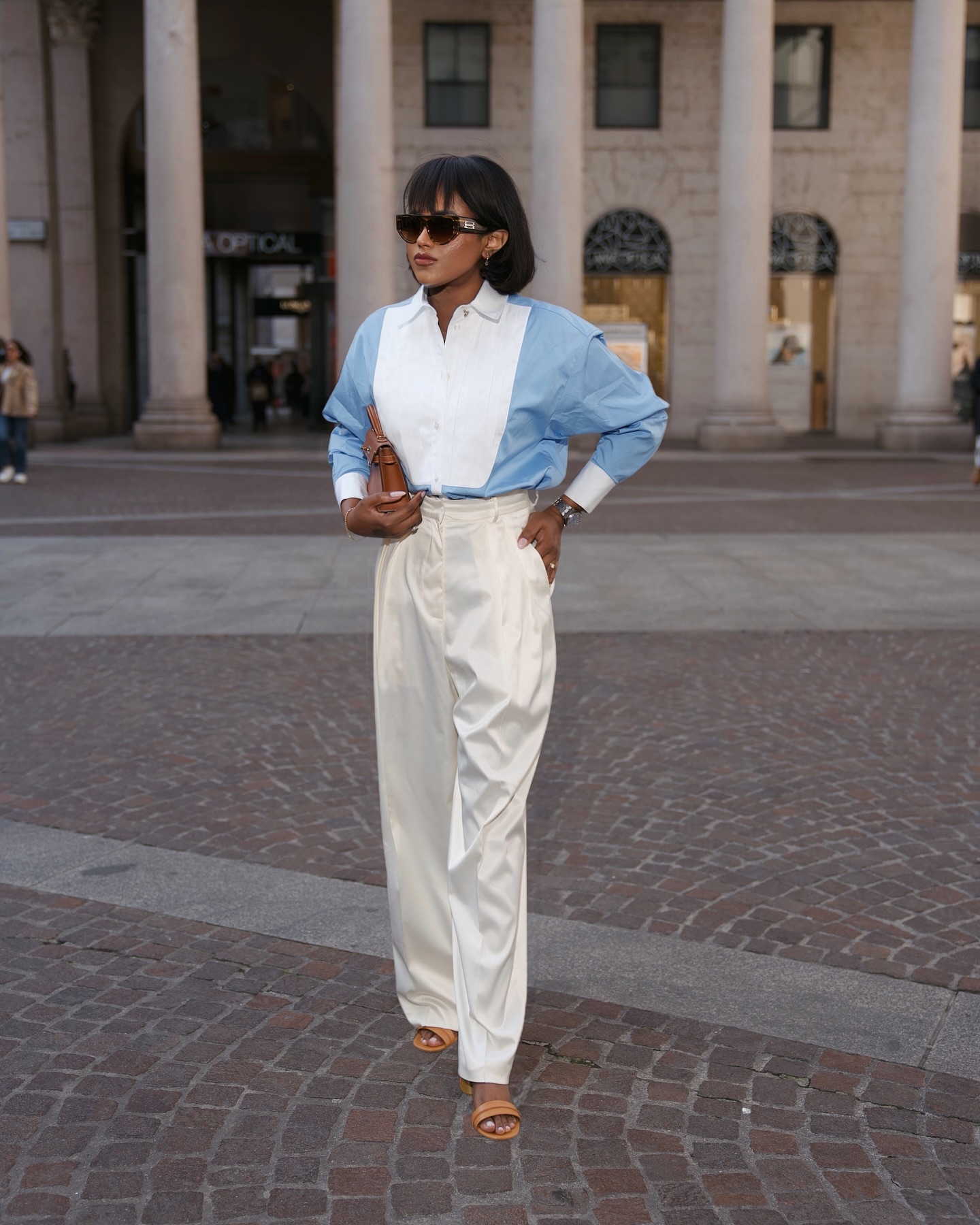Clean Beauty: A Trend or the New Standard for Skincare and Makeup?

In recent years, the term "clean beauty" has been echoing through the corridors of the cosmetics industry, from high-end department store counters to the shelves of eco-conscious boutiques. But what exactly is clean beauty? Is it merely a buzzword riding the wave of the wellness trend, or does it represent a significant shift in the way we approach skincare and makeup?
The Essence of Clean Beauty
At its core, clean beauty is about transparency and safety. It's a movement that advocates for formulations that are not only effective but also free from ingredients that could potentially harm our health or the environment. Clean beauty products shun the inclusion of toxic chemicals in favor of naturally derived ingredients that promise to care for the skin without adverse effects.
Beyond the Label: Defining Clean Beauty
The challenge with clean beauty is that, unlike organic or natural products, there is no official regulatory definition. This lack of standardization means that the interpretation of what is considered "clean" can vary widely between brands. However, there are common criteria that many agree upon when defining a clean beauty product:
Non-toxic Ingredients: Clean beauty products should be free from substances that have been linked to harmful health effects, such as parabens, sulfates, phthalates, synthetic fragrances, and formaldehyde.
Transparency: Brands that subscribe to the clean beauty philosophy often practice full disclosure of their ingredients, ensuring consumers can make informed choices.
Ethical Sourcing: Clean beauty implies that ingredients are sourced responsibly, with respect for the environment and the welfare of animals. This often means that products are cruelty-free and sustainably harvested.
Efficacy: While being safe and environmentally friendly, clean beauty products must also perform effectively. They should deliver on their skincare or makeup promises without compromising on quality.
Clean Beauty in Skincare and Makeup
In skincare, clean beauty products focus on nourishing the skin with pure, potent ingredients. For example, a clean facial moisturizer would hydrate and repair the skin barrier without the use of silicones or petroleum-derived ingredients.
In makeup, clean products aim to provide color and coverage without the risk of absorbing harmful chemicals through the skin. A clean foundation would offer a flawless finish while being free from synthetic preservatives and fragrances.
Is Clean Beauty Just a Trend?
While some may dismiss clean beauty as a passing fad, the principles it upholds suggest otherwise. The demand for safer, more transparent products is a direct response to growing health and environmental concerns. As consumers become more educated about the ingredients in their beauty products and the impact of these ingredients on their health and the planet, the clean beauty movement continues to gain momentum.
The Future of Clean Beauty
The trajectory of clean beauty points towards a future where it becomes the norm rather than the exception. With advancements in green chemistry and biotechnology, the potential for clean beauty products to rival (and even surpass) their traditional counterparts is immense.













